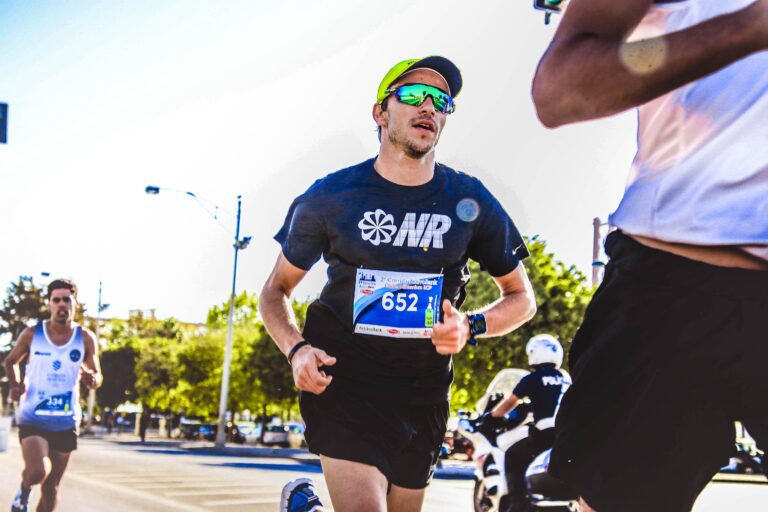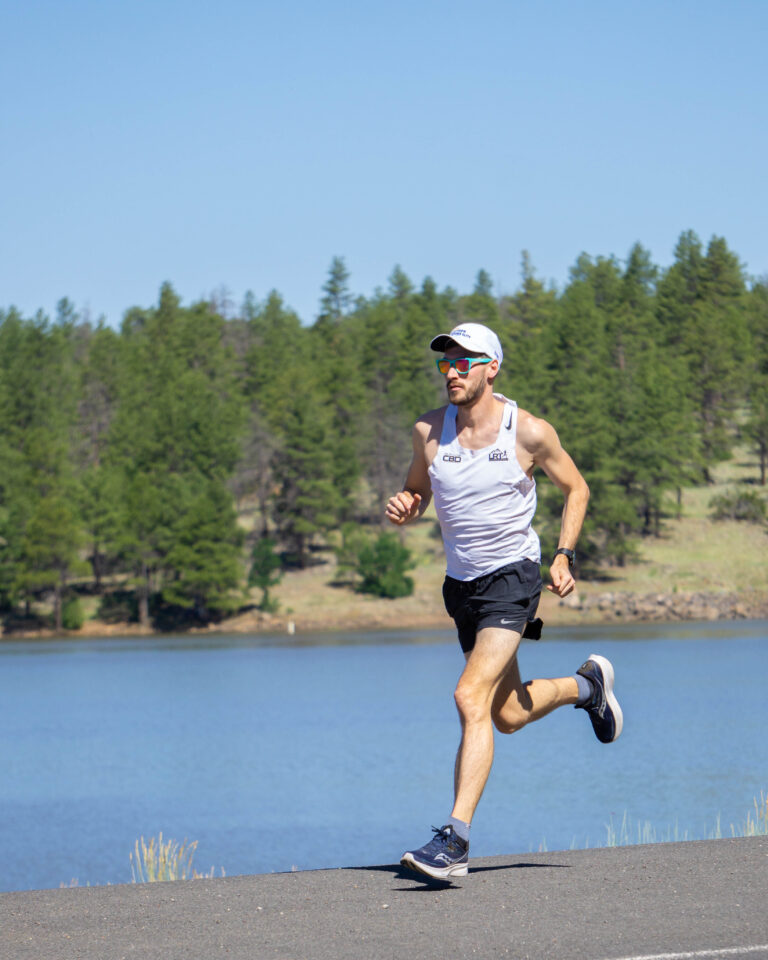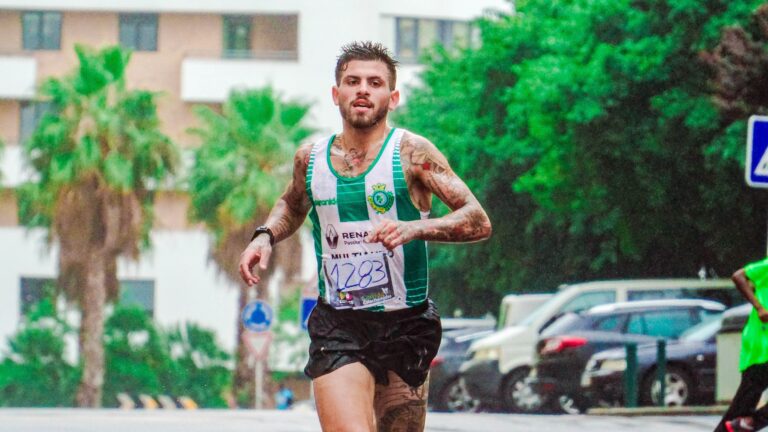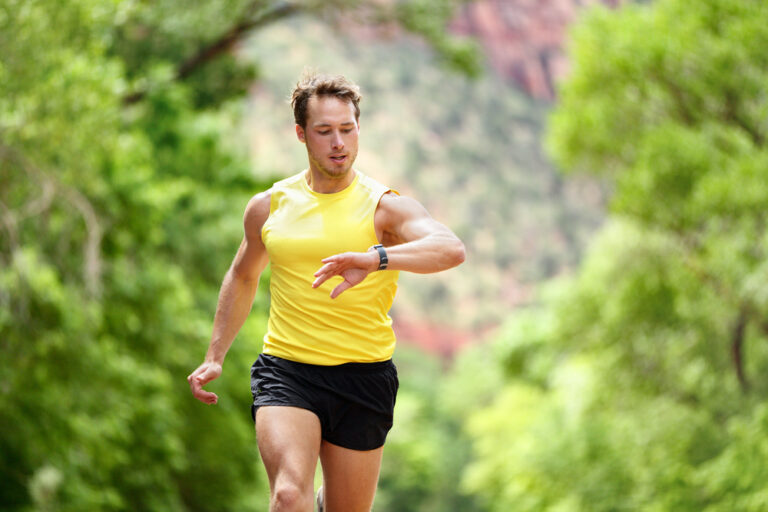
Ultimate Guide To Running In The Heat
Ultimate Guide To Running In The Heat As Arizona-based marathon runners, it’s safe to say we know a thing or two about running in the
Living and training in Phoenix, Arizona, where summer temperatures often exceed 110 degrees, I’ve accumulated plenty of experience with extreme heat. Each fall, I notice the significant performance benefits of heat acclimation gained over the summer. In this article, I’ll share insights into the science behind heat acclimation and offer practical tips for effectively training in hot conditions.

Humans are homeothermic endotherms, meaning we maintain a relatively constant body temperature through internal heat production. Our bodies regulate temperature through mechanisms such as shivering to generate heat and sweating to dissipate it. However, exercising in hot conditions presents a double challenge: increased internal heat production from physical activity and external heat from the environment.
During exercise, metabolic heat production can increase up to 12 times the resting rate. This added heat load strains the body’s ability to cool itself, often leading to decreased performance. Studies have shown that extreme heat can reduce VO2max, a key indicator of aerobic performance, with higher skin temperatures correlating with greater performance declines. One study showed marathon performance decreased by an average of 2% and as much as 10% in temperatures ranging from 50°F to 75°F.
Heat acclimation is the process by which the body adapts to repeated heat exposure, resulting in several physiological changes that enhance performance and comfort not only in hot conditions but all conditions. Key adaptations include:

Various methods can induce heat acclimation, and the choice depends on available resources and individual schedules. Common strategies include:
The benefits of heat acclimation extend beyond just coping with hot weather. Research shows that heat-acclimated athletes often experience improved performance in cooler conditions as well. For instance, heat-acclimated cyclists demonstrated a 5-8% increase in VO2max and a similar improvement in time-trial performance, both in hot and cool conditions. These adaptations suggest that the physiological benefits of heat acclimation, such as enhanced cardiovascular efficiency and improved sweat response, are broadly beneficial.
Heat acclimation is a powerful tool for endurance athletes looking to improve performance in all conditions. Embrace the heat, follow the science, and train smart to unlock your full potential!

Marathoner and Co-Founder of Run Lab CBD

Ultimate Guide To Running In The Heat As Arizona-based marathon runners, it’s safe to say we know a thing or two about running in the

Running in Hot and Humid Weather As most runners are well aware, when temperature and humidity rise, it becomes much more difficult to run at

Heart Rate Training Zones Heart rate zones are an accurate way to measure training intensity. There are many other methods of measuring your training effort,
Sign up for our email list and we’ll give you 15% off your order!
We promise not to spam you with tons of emails. We send out a biweekly newsletter and occasional promotions. You can unsubscribe to opt-out at any time.